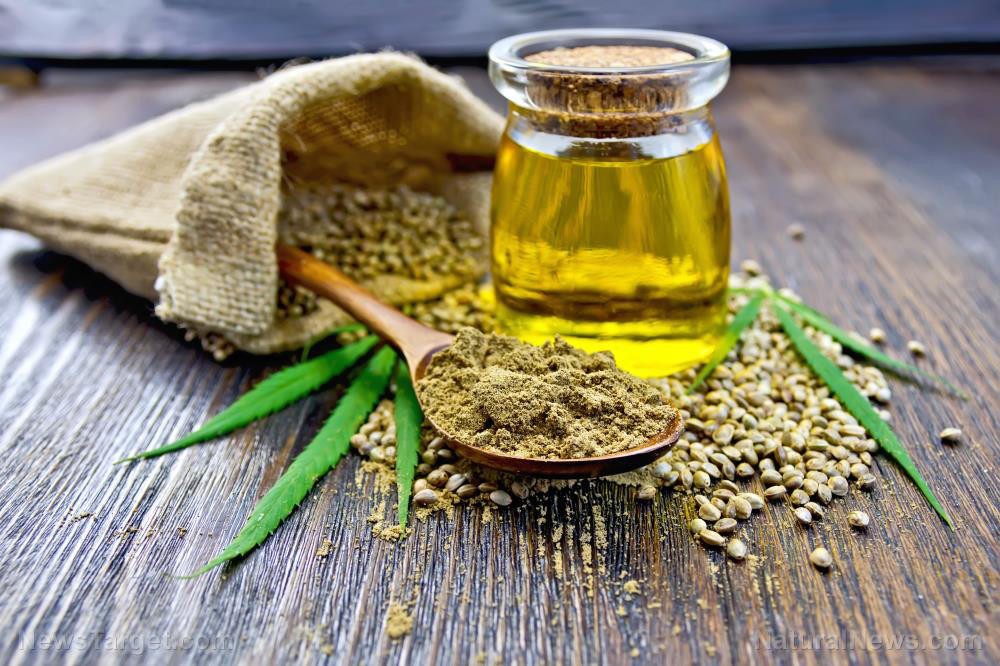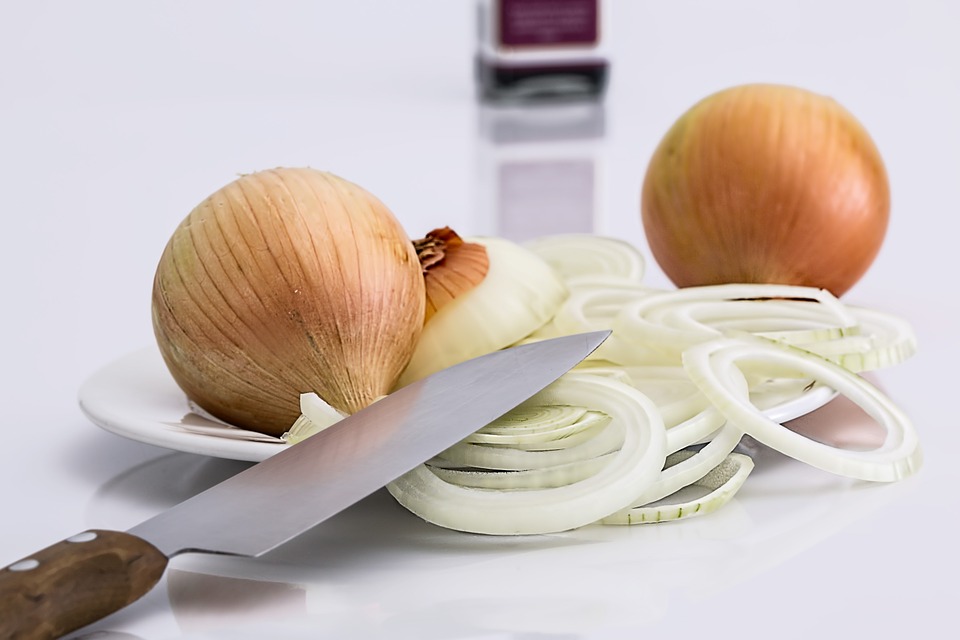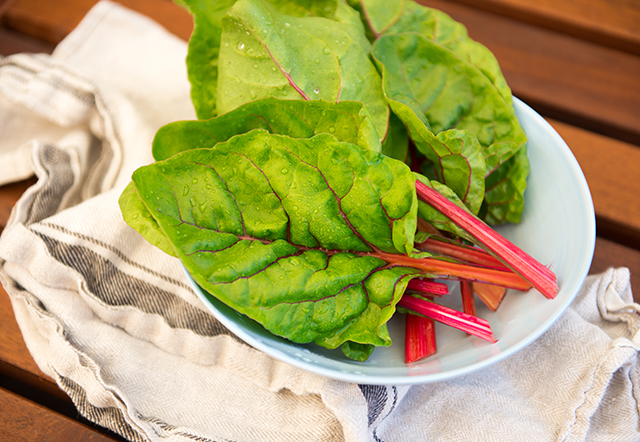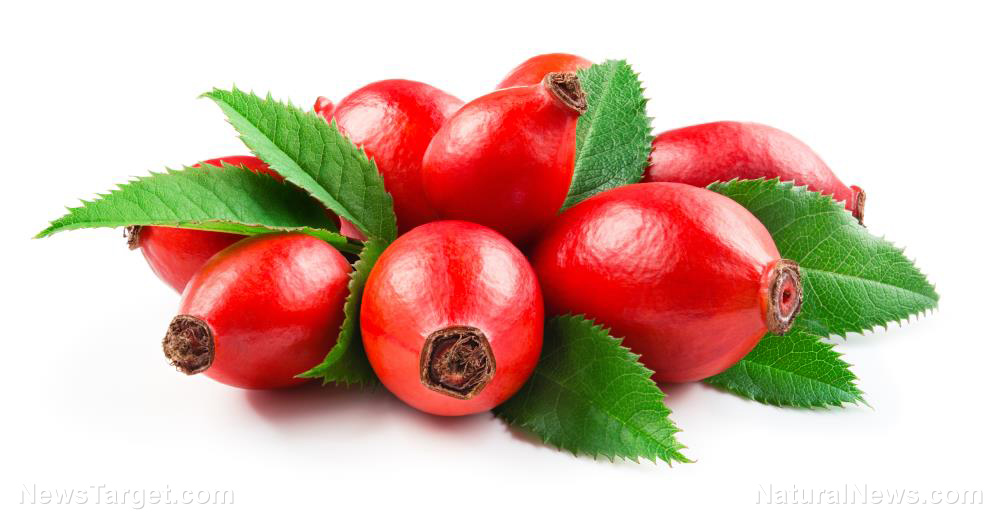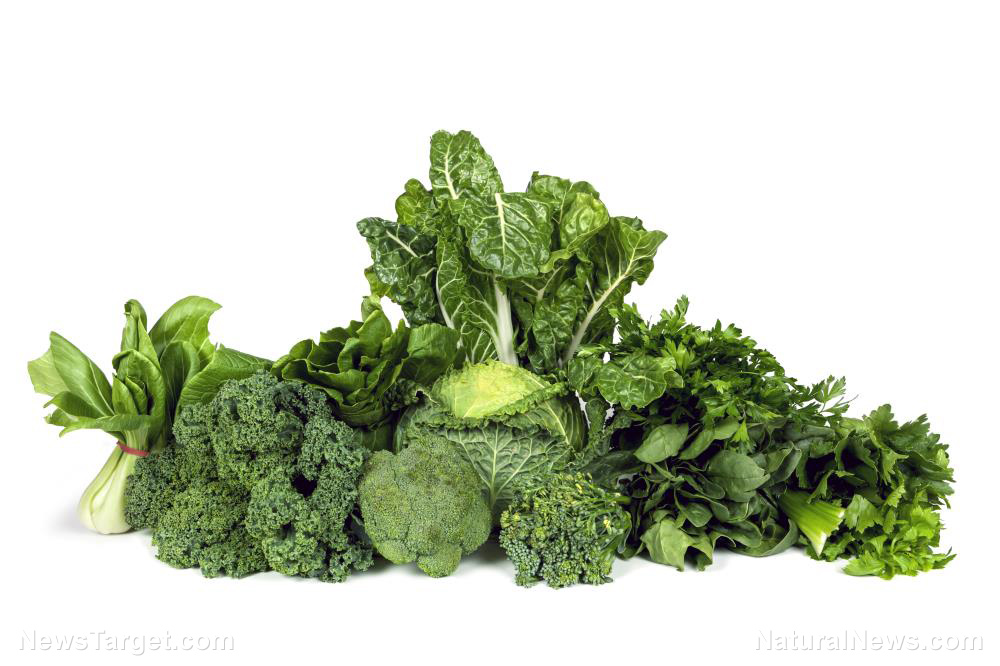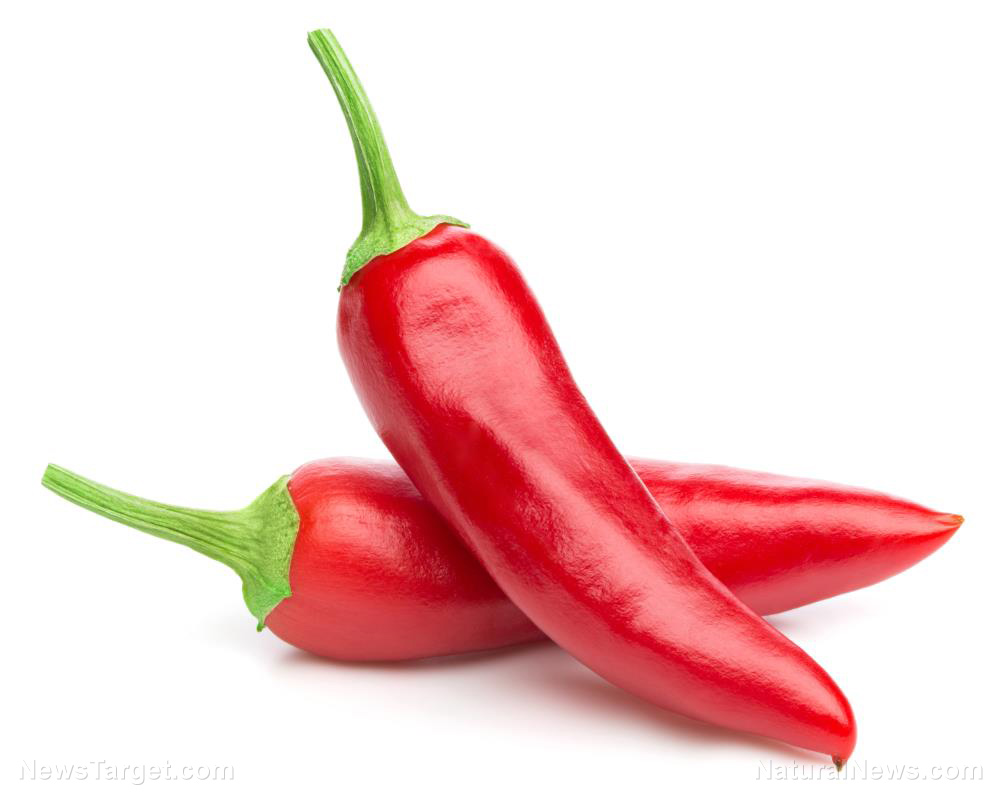Scientific review proves that coconut palm is the most naturally widespread medicinal fruit plant
03/11/2019 / By Edsel Cook
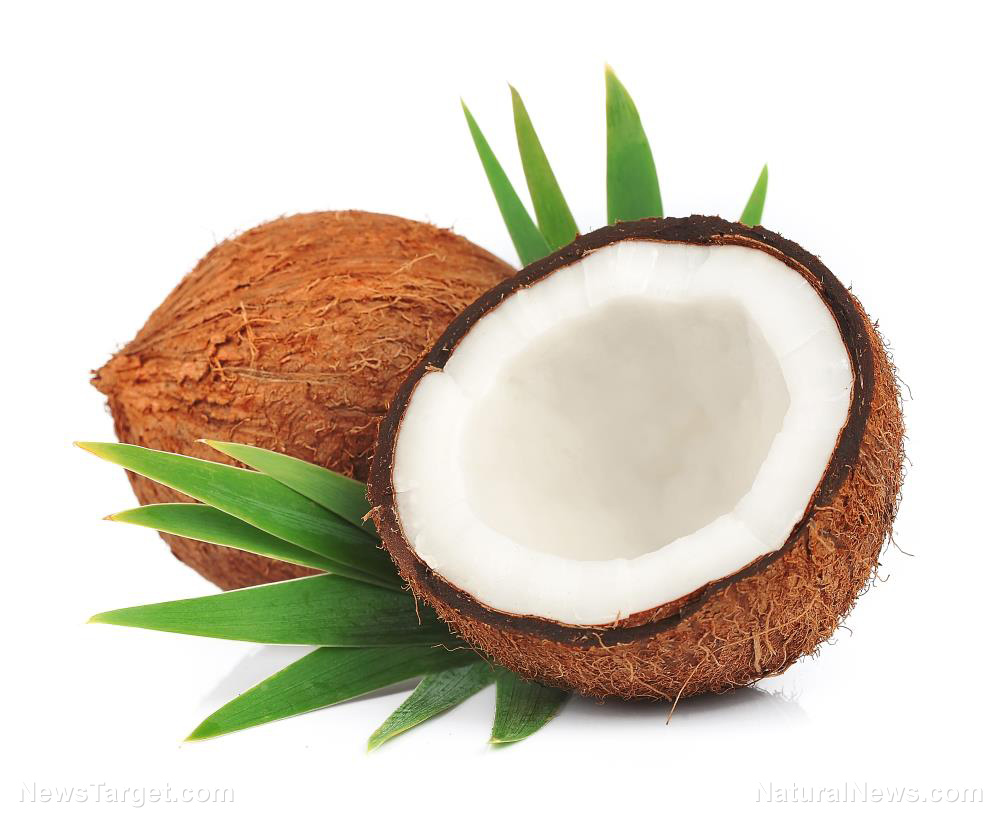
It is official and scientific. The world’s most widely distributed fruit plant – more commonly known as the coconut palm (Cocos nucifera) – is a medicinal plant of the highest order.
A recent phytochemical and pharmacological review examined the tree from the tip of its root to the top of its stem. The study identified 20 different biological and beneficial effects attributed to consuming the flesh, husk, oil, root, and water of the palm.
Various parts of the coconut palm can naturally relieve pain, control inflammation and convulsions, and stop toxic oxidative reactions. They can also prevent diabetes and hypertension, alleviate depression, and inhibit the growth of cancerous tumors.
In addition, coconut palm products contain numerous bio-active compounds that halt the growth of pathogenic microorganisms or even kill them outright. Bacteria, fungi, parasites –including Leishmania and Trichomonas protozoans as well as malarial Plasmodium–, and viruses are all targeted by its anti-microbial phytochemicals.
The various nutrients in the edible parts of the coconut palm were shown to support bone health and protect the heart, blood vessels, kidney, and liver. All of these products are also safe for repeated consumption or use over long periods of time. (Related: Going nuts about coconuts: Activated charcoal from coconut shells is one of the best ways to detox.)
The various traditional medicinal applications of coconut palm
The Universidade Federal do Ceará (UFC) conducted its exhaustive review of the coconut palm in 2015. The Brazilian researchers helpfully summarized the many traditional medicinal applications of various parts of the tree around the world.
Brazilians turn the husk fiber into a concoction that can cure diarrhea. The natives of Papua New Guinea also use it to treat diarrhea as well as stomachaches, but they munch on the leaves and roots of the young plant instead.
The islanders of Fiji treat their manes with coconut oil to prevent hair loss. They also imbibe plenty of coconut water whenever their kidneys are giving them trouble. Meanwhile, in Ghana, people drink coconut milk whenever they are afflicted with diarrhea.
Guatemalans drink the husk fiber extract to naturally reduce fevers and decrease inflammation in their kidneys. They also apply it directly on abscesses, dermatitis, and wounds.
Haitians dry the pericarp and turn it into a decoction for women who are not experiencing menstruation. Coconut oil is used as a topical ointment for burns, while a water-based extract from the husk fiber is drunk by asthma patients.
People around the world use coconut palm parts as natural medicines
When they have trouble with their menstrual cycle, Indian women take infusions made from the entire head of the flower. The husk fiber extract is considered a natural anti-diabetic in Jamaica, while the men of Mozambique believe that eating the fruit makes them better lovers in bed.
Indonesians apply coconut oil to their wounds. They also drink an extract made from the tree’s roots for diarrhea and fever. Peruvians use the fresh fiber to make a water-based extract, which they consume to improve the symptoms of asthma, increase the amount of urine they excrete, and treat gonorrhea.
The bark of the tree sees a number of uses in Trinidad. Women drink its extract to improve the regularity of their menstrual cycle as well as to relieve excessive menstrual pain. Both men and women consume bark tea to alleviate venereal diseases.
Malaysians scrape out the white flesh of the fruit as an ingredient for a medical decoction that relieves fever and treats malaria. Kenyans who tested positive for HIV eat coconut fruits to relieve the irritating rashes on their skin.
In summary, the coconut palm is a rich source of safe and effective natural treatments. Not a single part of it will go to waste.
Sources include:
Tagged Under: Coconut, coconut husk, coconut oil, food cures, food is medicine, natural cures, natural medicine, traditional medicine








